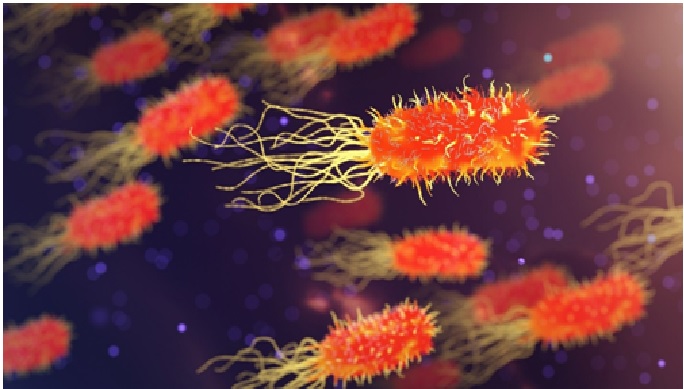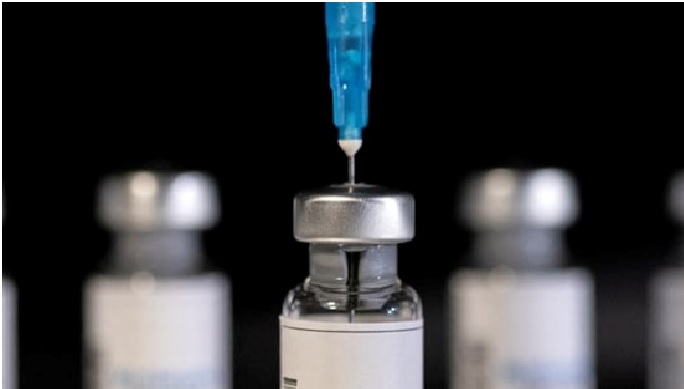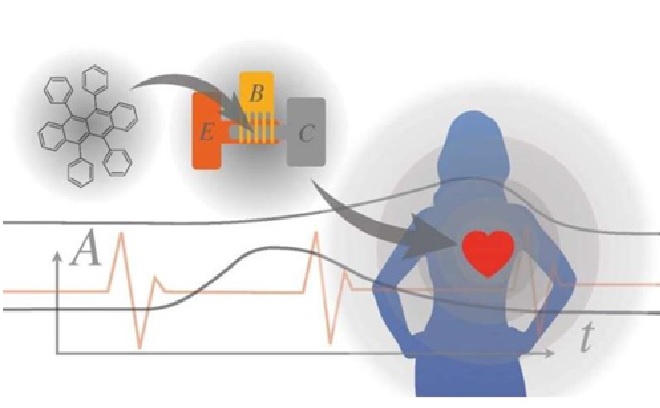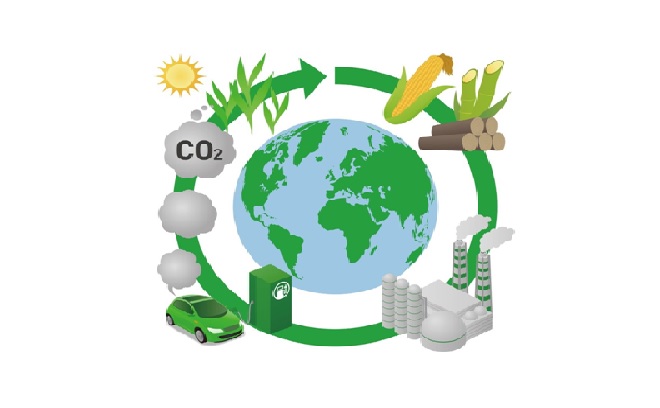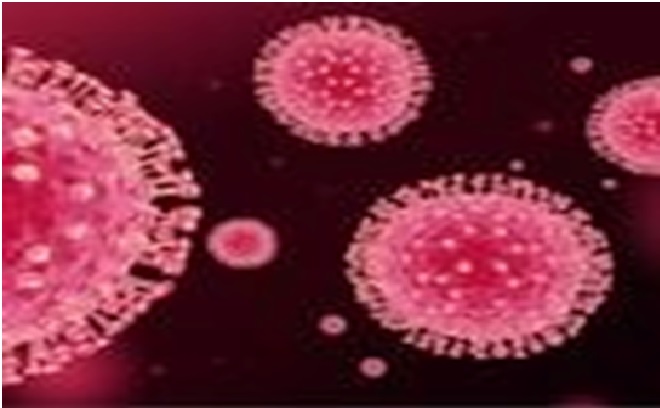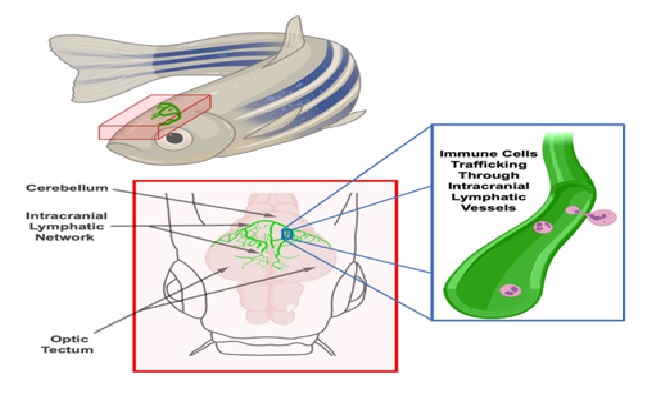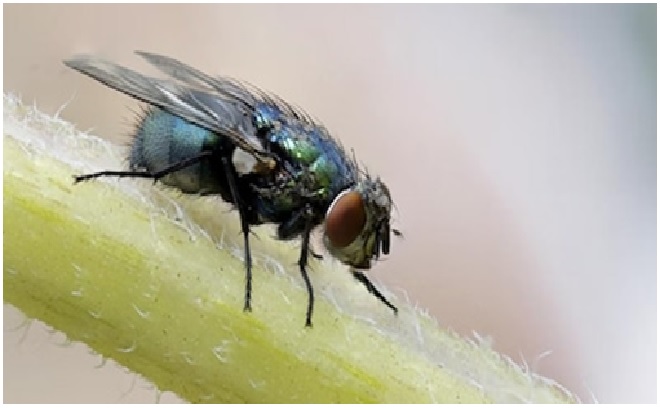The Human Microbiome
The human microbiome hosts bacteria, microorganisms, and other naturally-occurring flora that can help us and harm us. Diet, stress, drugs, and other factors shape the microbiome, leading to inflammation and an immune response of cytokines. Recent machine learning and statistical analyses of microbiome data, like that of Indias, Lahti, Nedyalkova, and team (2021) are getting smarter and smarter by removing variables and providing ways to test new hypotheses using statistical modeling.
With a deeper understanding of the microbiome, researchers like David Sinclair have shown that lifestyle changes can actually help people live healthier lives for longer. Sinclair’s lab is at the forefront of aging research and its impact on healthcare — and it’s all rooted in biotechnology and life science experiments. [1]
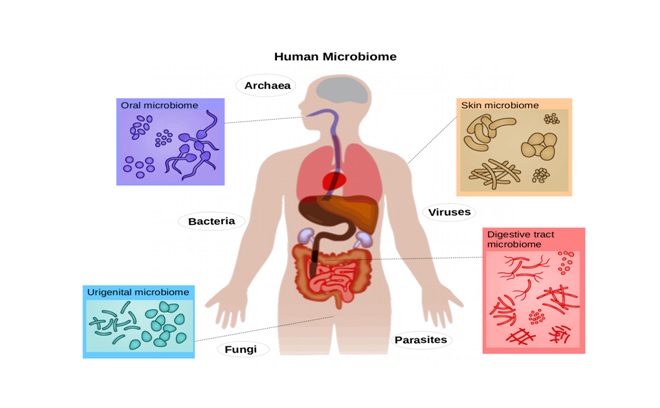
Figure 1. The human microbiome
Figure 1 shows most members of the human microbiota benefit humans by providing them with traits that they would not otherwise possess. Some microorganisms found in the human gut, for instance, obtain nutrients from ingested food in return for assisting with the breakdown of food or preventing the colonization of the gut by harmful bacteria. There are, however, many microorganisms in the human microbiota that are closely related to pathogenic (disease-causing) organisms or are themselves capable of becoming pathogenic. Examples include bacterial species of the genera Staphylococcus, Streptococcus, Enterococcus, Klebsiella, Enterobacter, and Neisseria. [2]
Future opportunities in microbiome research could potentially include areas such as:
- Accurate control over manipulation of microbiome, e.g. through the use of phage therapy.
- The microbiome as an integral part of precision medicine, with fingerprinting of a patient’s microbiome becoming a complementary tool to determine how likely a patient will be to respond to treatment.
- Enhancement of existing therapies by co-administration of rationally designed, patient specific, precision probiotics.
- The microbiome as a drug delivery system, for example engineered probiotics containing genetic circuits to enable production of therapeutic proteins upon detection of disease biomarkers enabling on-demand drug release.
- An expanded library of prebiotics to stimulate a diverse range of beneficial bacteria. [3]
References:
- https://blog.zageno.com/hot-research-topics-biotech-2022
- https://www.britannica.com/science/human-microbiome
- https://www.americanpharmaceuticalreview.com/Featured-Articles/562548-The-Human-Microbiome-What-It-Is-Why-It-Is-Important-and-Opportunities-for-Microbiome-Based-Therapeutics/
Cite this article:
Thanusri swetha J (2022), The Human Microbiome, AnaTechMaz, pp.56



